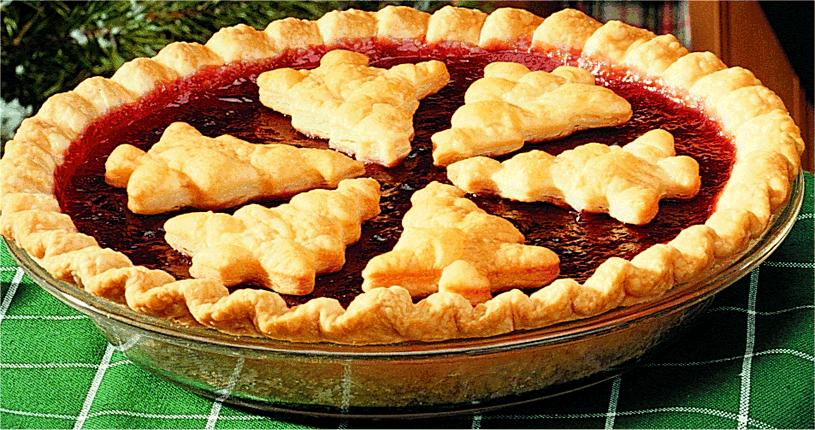
Commercially available cranberry juices do not contain such high amounts of PACs. This is because it takes a high concentration of cranberry extract to prevent bacterial adhesion. On the other hand, in one 2015 study, researchers found that although cranberry capsules can achieve this, cranberry juice is unlikely to have the same effect. Another 2014 study of 516 participants found that taking a capsule of cranberry extract twice per day reduced the incidence of UTIs. However, research into the effects of cranberries on UTI treatment has produced some conflicting results.įor example, one 2016 review found that medical professionals most commonly recommend cranberries for women with recurrent UTIs. In this way, the PACs in cranberries may help prevent infection. The high level of antioxidant proanthocyanidins (PACs) in cranberries may help prevent certain bacteria from sticking to the urinary tract walls. Some of the potential benefits of cranberries include the following: Managing UTIsĬranberries have played a role in traditional treatments for UTIs. Historically, Native Americans used cranberries as a treatment for bladder and kidney diseases, while early settlers from England used them to treat poor appetite, stomach complaints, blood disorders, and scurvy.
Cranberry tart cracked#
Bake the tart for 1 hour, until the top is light beige and likely cracked a bit on top.Spread the meringue over the jam, adding a few swirly flourishes. Add the cranberries to the bowl and fold them into the meringue with a rubber spatula.While the mixer is still going, slowly add the sugar and keep beating, increasing the speed to high, until the whites are shiny and form droopy peaks. In the bowl of a stand mixer fitted with the whisk attachment, beat the egg whites with the salt at medium speed just until they turn opaque. Spread the jam evenly over the bottom of crust.To bake the tart, preheat the oven to 300 degrees F.Set the crust on a rack to cool to room temperature. Carefully remove the paper or foil and weights and bake for 8 to 12 minutes more, or until the crust is golden brown. Place the pie pan on a baking sheet and bake the crust for 20 minutes. Make sure the dough is completely covered so that it doesn't over cook or burn. Line the crust with a piece of parchment or a buttered piece of aluminum foil (preferred) and weight it down with rice, dried beans or pie weights.Center a rack in the oven and preheat the oven to 400 degrees F.Prick the bottom of the tart shell all over with a fork and freeze for at least 30 minutes. Gently press the dough evenly over the bottom and up the sides of the pan and trim the dough to about one third down from the rim of the pan. Lift the rolled out pastry dough into the pie pan, with the excess draped over the sides.Plus, we were able to enjoy this tart once again!

Updated post: Originally posted in November, 2014, this post has been updated with all new photos, re-written and updated information, and a printable recipe.

We share Recipes From Our Dinner Table! Join our group and share your recipes, too! While you're at it, join our Pinterest board, too!



 0 kommentar(er)
0 kommentar(er)
